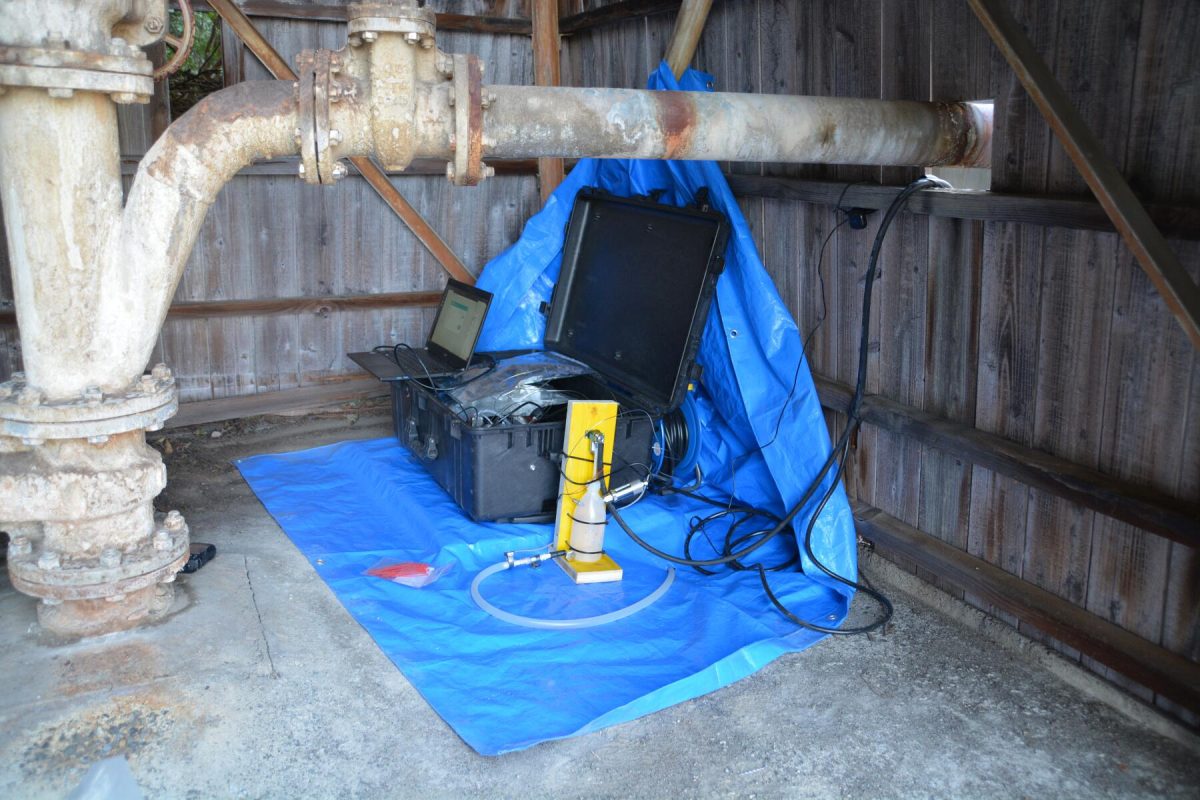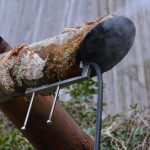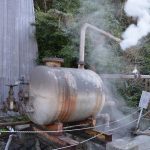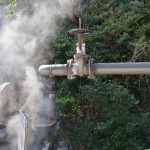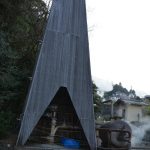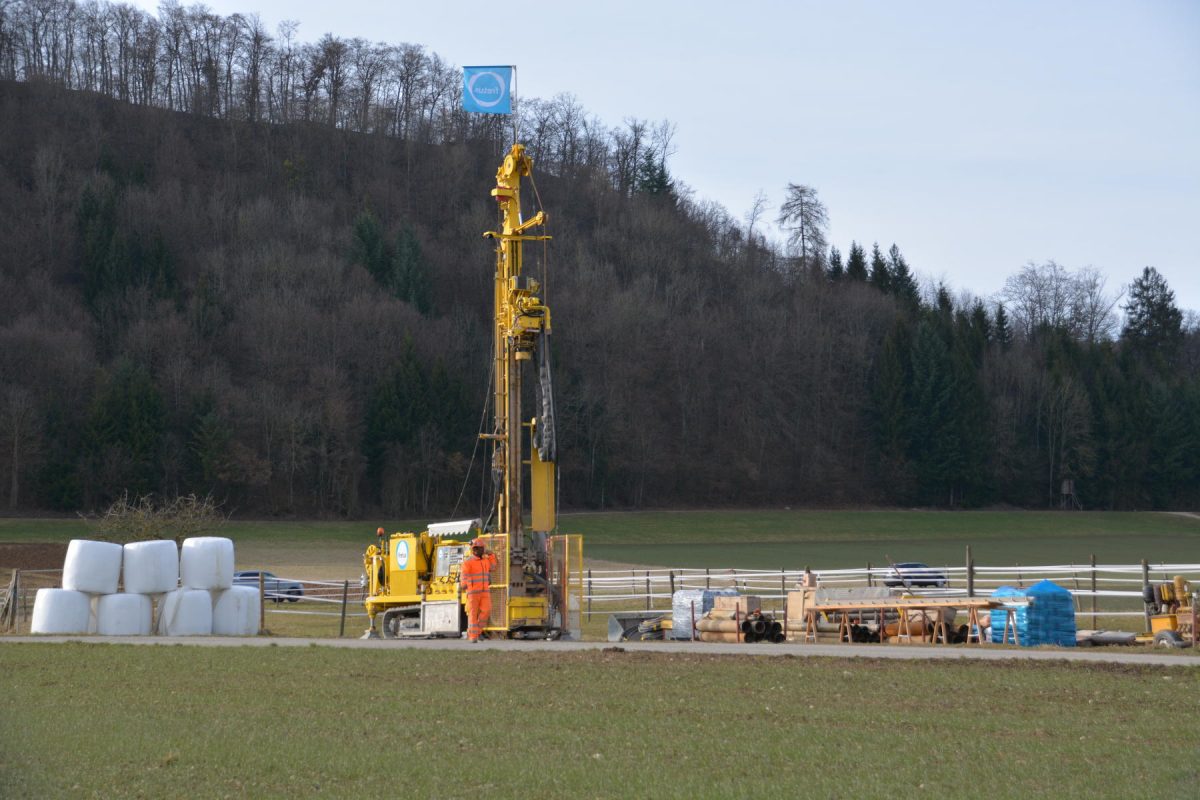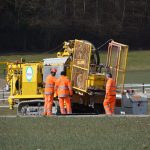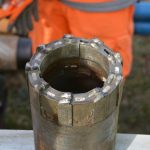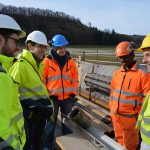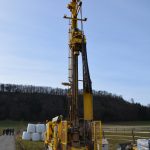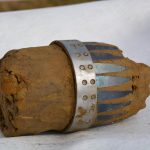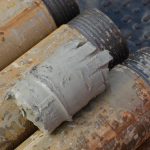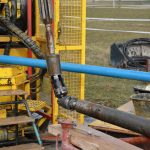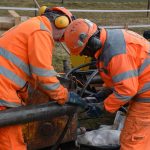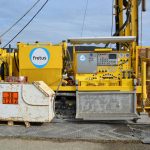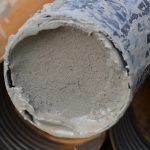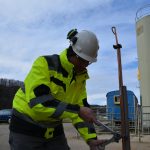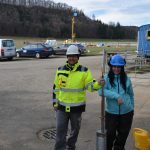The JpGU Meeting 2018 is almost finished and this is more like a post-mortem update. Here our contributions:
- Horstmann, E., Tomonaga, Y., Brennwald, M. S., & Kipfer, R. (2018). Noble gases to study sediment transport processes around deep-sea vents. Japan Geoscience Union Meeting. Chiba, Japan.
- Tomonaga, Y., Giroud, N., Diomidis, N., Brennwald, M. S., Horstmann, E., Kipfer, R., & Wersin, P. (2018). Evolution of the gas composition in the FE experiment, an unsaturated SF/HLW emplacement drift at Mt. Terri, Switzerland. Japan Geoscience Union Meeting. Chiba, Japan.
Tomorrow we will be at the Atmosphere and Ocean Research Institute (AORI) of The University of Tokyo.
